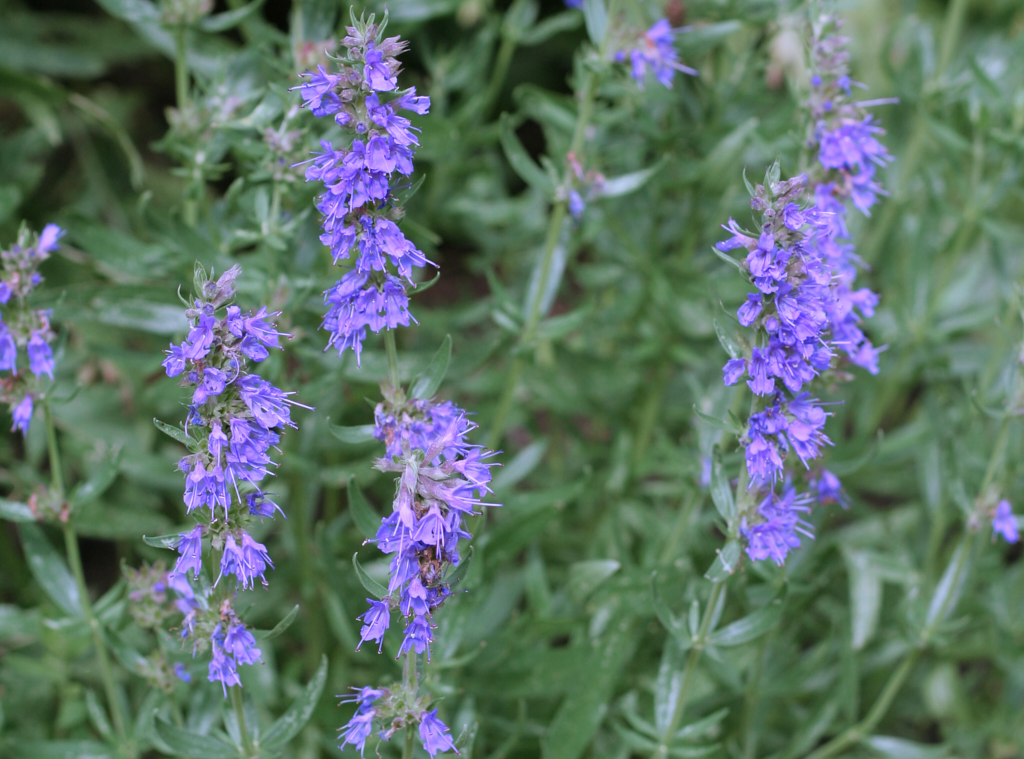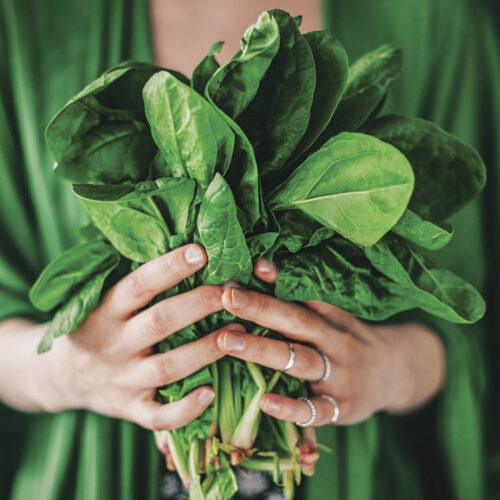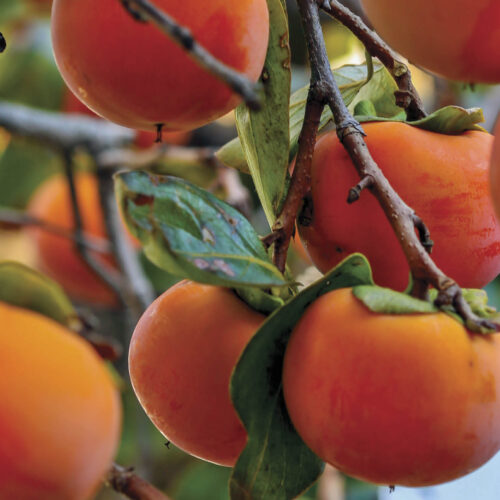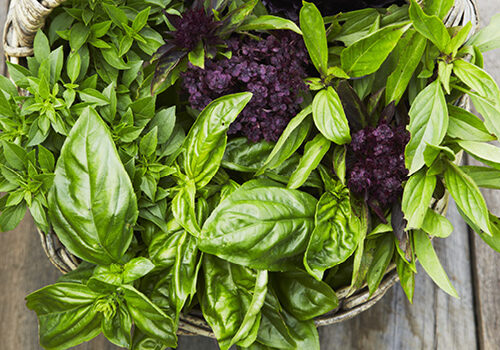Hyssop highlights
2019-02-03T03:10:31+11:00
Hyssop, says Penny Woodward, attracts bees and butterflies and dispels the ‘nits and itchings of the beard’!
Hyssop (Hyssopus officinalis) is an often overlooked herb but given its drought tolerance, charming blue/mauve flowers and many uses it should be much more widely grown. It’s a low-growing, shrubby herb that in my garden reaches about 50cm, and has woody branches with fragrant, small, dark green leaves. The delightful flowers appear in one-sided whorls and are very attractive to bees and butterflies. Like the other, better known Mediterranean herbs such as thyme and rosemary, hyssop likes a well-drained soil, and an open, sunny position. It does not do well in regions with high summer humidity where it will usually succumb to rot. Hyssop is not deciduous, but older plants will sometimes die back during cold winters, loosing many of their leaves. A light pruning in late autumn, after flowering has finished, will keep bushes looking neat.
New plants are easily grown from seed sown in spring or autumn, or tip cuttings taken at the same time. Once established, hyssop is very drought tolerant, surviving long periods without water. It also makes a lovely edging to a path or vegetable garden with each bush 30cm apart from the next. In the past I have grown it as a low hedge along a path, near the vegetable garden, but not too close as in summer, when the plants are in flower, they act as a decoy for white cabbage moths, keeping them from the cabbages, cauliflowers and other related plants. Because the plant is strongly scented it acts as a general repellent to other pests. Also a spray made out of the flowering stems can be used against mildews and bacterial infections of other plants, and planted around houses, hyssop will deter ants from coming inside.
In Biblical times hyssop was used as a cleansing herb, and in Greece Hippocrates prescribed it for lung congestion. By the thirteenth century, Cistercian monks used it as a bee plant to produce beautifully flavoured honey. Over the centuries it continued to be used as a cleansing herb, to kill lice and fleas and to dispel the ‘nits and itchings of the beard’, a bonus today when being hirsute is more common again. It was also strewn over the floor and used in bedding to repel pests. Today it is still added to some herbal preparations that effectively get rid of hair lice.
Medicinally hyssop leaves and flowers made into a tea are used to treat digestive pain and flatulence, to ease stress and anxiety, and reduce phlegm associated with bronchial problems. The tea is also generally uplifting and stimulating with a strong but pleasant flavour, so can be drunk at any time.
The strong, slightly bitter sage-mint flavour of hyssop combines well with those of strongly flavoured meats so it is especially delicious in soups and stews, as well as enhancing bean and rice dishes. The blue-purple flowers, sprinkled into salad or used as a garnish over other dishes, not only look good but add to the flavour, being sweeter and less bitter than the leaves.? Each time I’ve moved, hyssop has been one of the first herbs I have planted into my new garden. With its numerous and varied uses it deserves a place in every garden.






